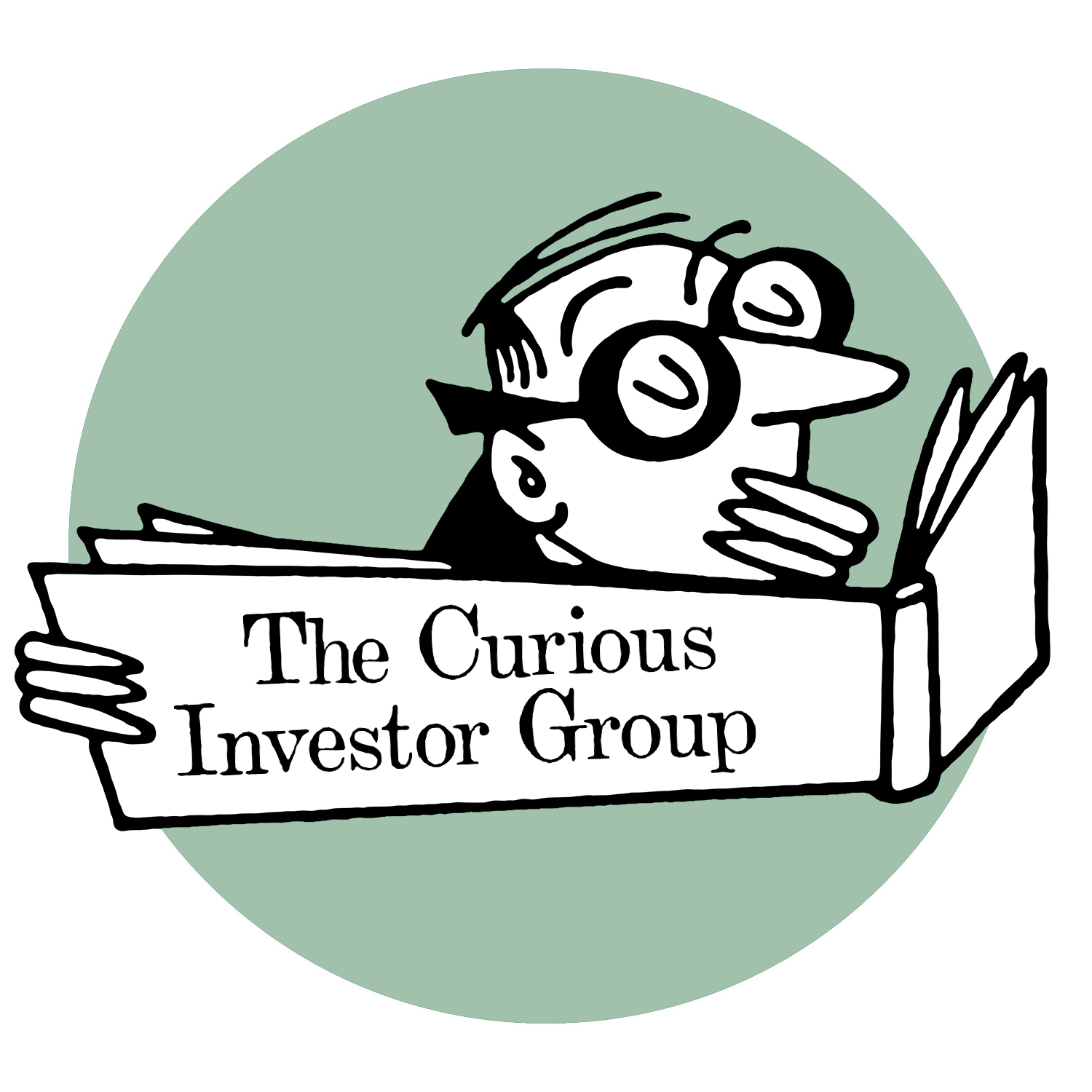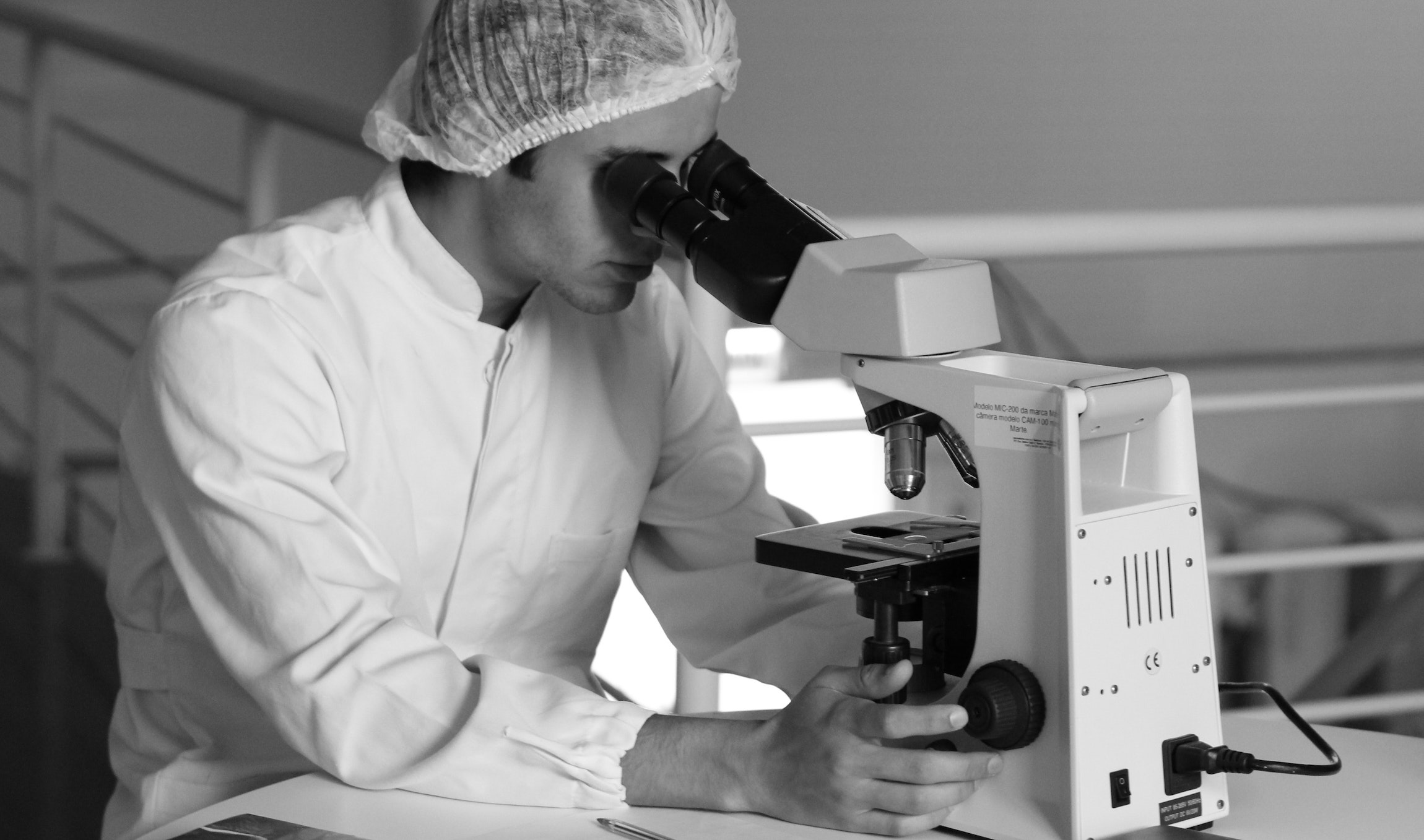There was a horrible inevitability about the recent announcement of a gene-edited baby: that it would happen at some point, that it would be in China, that it would be announced on YouTube by the rogue researcher, He Jiankui of the Southern University of Science and Technology in Shenzhen.
More reassuring, but also not surprising, was that it was about preventing a disease, not enhancing a talent. The baby’s father is HIV positive and Dr He tweaked a gene called CCR5 making it harder for the virus to get inside the baby’s cells. But that’s threadbare justification: babies don’t easily get HIV from fathers.
CRISPR, the technique developed a few years ago for changing the sequences of genes with the help of a natural mechanism bacteria use to combat viral infections, promises to be a very useful tool in biology. Applications already range from curing cancer by editing immune system cells and re-injecting into the body to making disease-resistant pigs and wheat plants.
But it’s far too premature to be using it for making genetically different human beings by altering germline cells: the off-target effects are still unpredictable and there is no way to get informed consent to the experiment from a future person. Even most Chinese scientists have turned on their colleague in a rage.
Nonetheless, there are reasons not to over-react. Here is why I think a genetically enhanced baby, a “designer baby”, rather than a disease-resistant one, will not be born for a very long time, if ever. First, there has been a fascinating breakthrough in genetics in recent years and it gives great cause for comfort. The gene variants that make it likely somebody will be more intelligent, more musical, more talented at sport, undoubtedly exist and are last being identified. But it turns out there are hundreds or even thousands of them and each has a very tiny effect. That discovery was unexpected and crucial.
So if you want to edit your germline to have very clever babies, you are going to have to fiddle with lots and lots of genetic sequences, never knowing how your fiddlings will interfere or interact with each other producing a risk of – say – mental illness. The cost will be vast, the uncertainty huge and the reward small.
Imagine if science had stumbled upon the opposite answer: that intelligence is mainly decided by variants of just five genes. The temptations for the Dr Hes of this world would be much greater. But even then they would encounter another obstacle: is there really any demand for designer babies?
Ever since the first hints that in-vitro fertilisation was on the way, in the 1970s, we have been having this argument. It’s forgotten now that many people expected that technology to be used for eugenic purposes, through sperm and egg donation. In fact, it was rapidly adopted purely as a cure for infertility: it was used by people to have their own babies, not other people’s.
The pioneers of in-vitro fertilisation, Robert Edwards and Patrick Steptoe, were vilified on all sides, even by their fellow doctors, for their supposedly dangerous experiments. When Louise Brown was born in 1978, the Vatican called it “an event that can have very grave consequences for humanity”. Yet their invention has brought no eugenic abuse and heartfuls of individual happiness to millions of childless couples.
Nobel Prize-winning sperm has been marketed at various times, with dismal results. Hard as clever people find this to believe, most people don’t want especially clever children: they just want children like themselves.
The other thing they badly want is for their children to be healthy. Those who carry cruel inherited diseases were and are desperate for technology to help them avoid passing these on, which is why pre-implantation genetic diagnosis, followed by selection of healthy embryos, is already a routine and uncontroversial procedure offered to such people.
If CRISPR, like the mitochondrial replacement therapy recently developed in Newcastle and approved after lengthy debates in Parliament, can help in this respect and cure a disease that cannot be tackled any other way, it may eventually be acceptable to try it. There will not be many such cases.
But both the realities of genetics, and the quirks of human nature, suggest that there is not going to be a birth any time soon, in China or anywhere else, of a CRISPR-edited baby designed to be bright or sporty or good at the violin. People want to use these technologies to fix problems, not make super humans, and the effect of any single editing change is going to be so minuscule as to be not worth the risk. Dr He’s action should lead to a considered review of self-regulation in science, but the threat of designer babies remains remote.
Originally published on CAPX.







